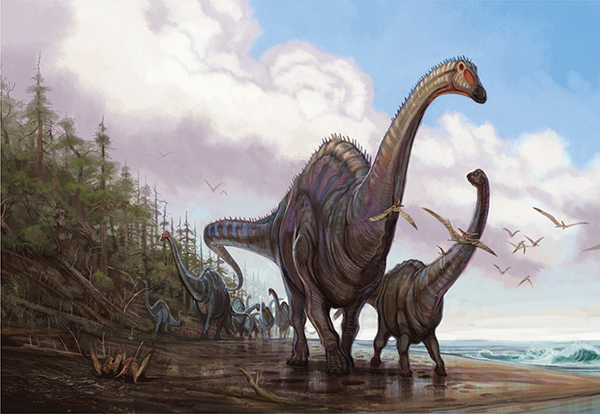

PRONUNCIATION | ah-PAT-uh-SAWR-us
SPECIES | Apatosaurus ajax
NAME | Deceptive Lizard; Thunder Lizard
FAMILY | Diplodocidae
PERIOD | Jurassic
DIET | Herbivore
SIZE | 75 feet (23m)
YEAR DISCOVERED | 1877
As one of the biggest land animals that ever lived, the apatosaurus is staggering to comprehend. Many different species of sauropod, such as diplodocus and brachiosaurus, roamed the Mesozoic Era, but the apatosaurus (or brontosaurus) is the most recognizable.
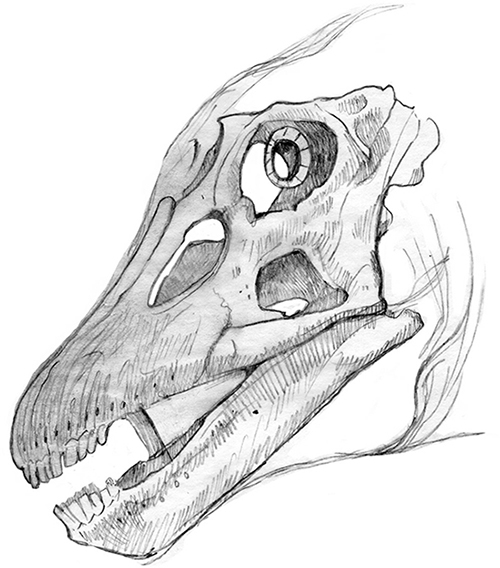
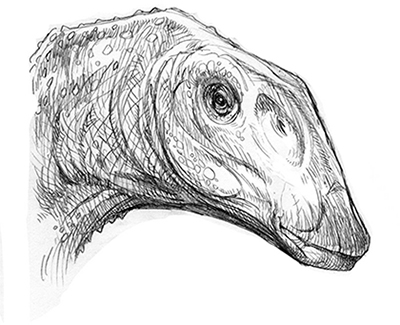
It’s hard to imagine that such a tiny head provided all necessary food and oxygen for such a massive animal. It’s believed that sauropods such as the apatosaurus would have spent their entire lives grazing to consume the tons of vegetation needed every day to sustain their bodies. Its small peglike teeth acted like hedge trimmers mowing down whole forests of trees. Muscles in its gizzard, plus intentionally swallowed grinding stones, may have helped aid plant digestion.

Paleoartists originally depicted apatosaurus as either slow, lumbering behemoths with tails dragging, or as hippos floating in a swamp, though these interpretations have evolved over the decades. Today it is understood that the spine of the apatosaurus would have acted much like a truss bridge, with the ligaments and muscles holding out the tail and neck like long counterbalanced cantilevers. Much like a 75-foot-long (23m) backhoe digger.
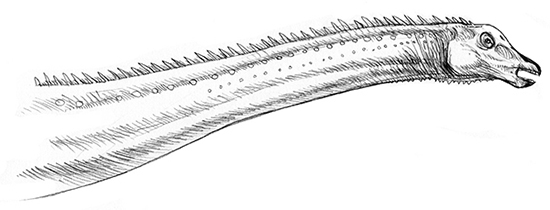
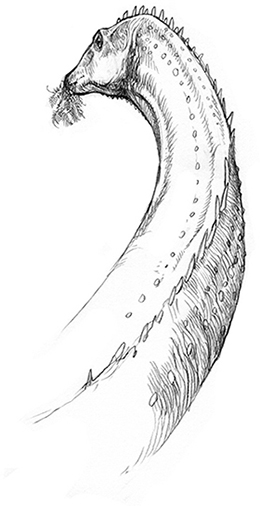
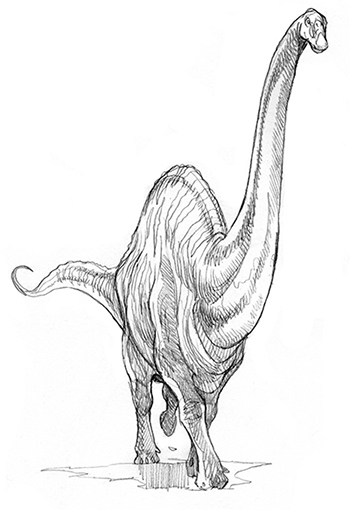
It is now understood that these animals may have been fairly agile to move their massive frames with enough dexterity to pick the leaves off a branch of a tall tree. Like giraffes today, they may also have been capable of sprinting short distances in the case of a stampede or danger. Modern elephants can reach almost 20mph (32km) and giraffes can sprint at over 30mph (48km). It stands to reason that the apatosaurus could likewise reach similar speeds at a fast trot, giving literal meaning to the name “Thunder Lizard.”
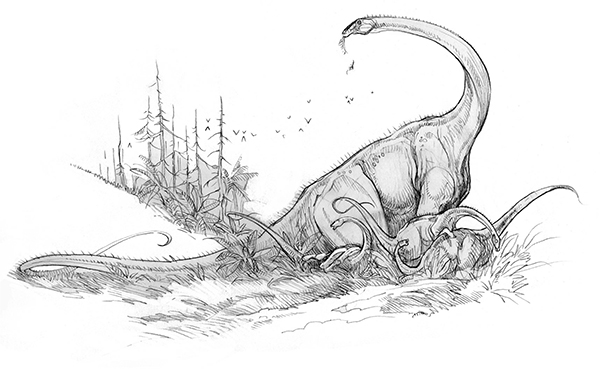
Paleontologists debate over the social behavior of dinosaurs, though as an artist, I prefer to take my cues from modern animals like birds and mammals, which are extremely social. Even reptiles like lizards and amphibians such as frogs gather in groups for safety and breeding. This creative freedom is an important aspect of paleoart. Speculation of whether or not apatosaurus could sit down to sleep is also open to debate. Some paleontologists suggest their massive weight would prevent them from rising again, or even breathe in the prone position. For me I find it difficult to imagine evolution creating an animal that couldn’t sit down.